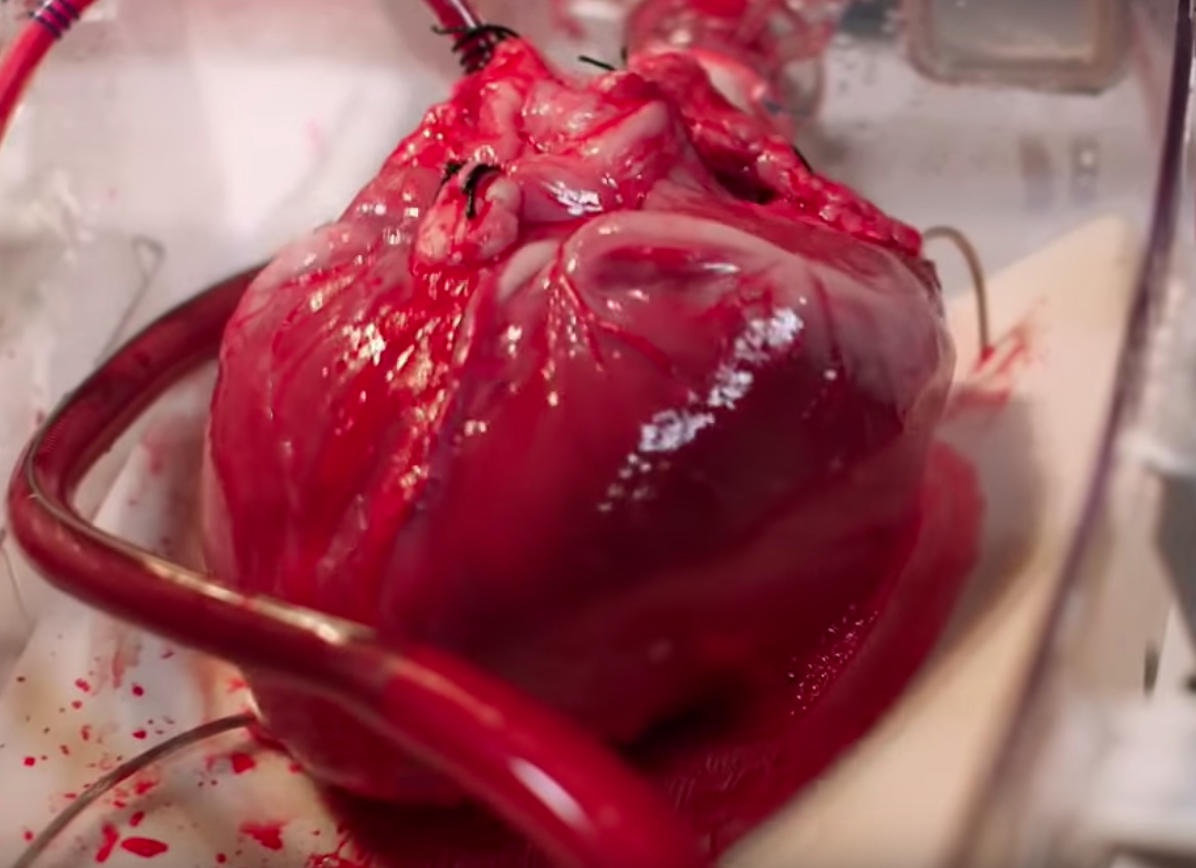Rose Marie Bentley, 99, may just go down in history, her legacy being a condition that she wasn’t even aware of in life. A
It was on an early spring morning in 2018, at the Oregon Health and Science University in Portland, Ore. Warren Nielsen, a student, and his classmates prepped a cadaver for dissection, but upon dissection, they noticed a strange anomaly.
“Her heart was missing a large vein that’s normally on the right side,” Nielsen said.
Awestruck at the abnormality, Nielsen’s team approached their professors on the matter, asking: “Where’s the inferior vena cava? Are we missing it? Are we crazy?”
“And they kind of rolled their eyes,” Nielsen said, “Like, ‘how can these students miss this big vessel?’ And they come over and that’s when the hubbub starts. They’re like ‘Oh, my God, this is totally backwards!’”
It seemed that Bentley suffered from a rare condition called situs
“I think the odds of finding another person like her may be as remote as one in 50 million,” said assistant professor Cameron Walker, who teaches at Oregon Health and Science University in an article for CNN. “I don’t think any of us will ever forget it, honestly.”
In a typical human body, the vena cava is a large vein that runs along the right side of the vertebrae, curves under the liver and empties deoxygenated blood into the heart. Bentley’s vena cava was on the left and instead of emptying into the heart, Walker explains:
“Her vein continued through her diaphragm, along the thoracic vertebrae, up and around and over the aortic arch and then emptied into the right side of her heart.”
He continued: “Normally speaking, none of us have a vessel that does that directly.”
“And instead of having a stomach on the left, which is normal, her stomach was on the right. Her liver, which normally occurs predominantly on the right, was predominantly on the left. Her spleen was on the right side instead of its normal occurrence on the left. And then the rest of her digestive tract, the ascending colon, was inverted as well.”
The mutations in situs
The condition occurs in 1 out of every 22,000 babies, according to a CNN article, and is typically associated with severe congenital heart defects. Patients typically don’t live past the age of five due to these heart defects.
This makes Bentley’s case so special, as in the oldest documented case, the patient only lived to the age of 73. Though, Bentley didn’t have any congenital heart defects, which Walker argues contributed to her long life.
Bentley was born in the small town of Waldport, Oregon, just off the coast, in 1918. She had five children and throughout her life, the only clue to her ailment came when her appendix was removed, with the surgeon noting that it wasn’t in the place it was supposed to be, according to an interview with Bentley’s daughter, Louise Allee.
When asked of her mother being one in fifty-million, another of Bentley’s daughters, Ginger Robbins,
Richard Foltz
Reporter


